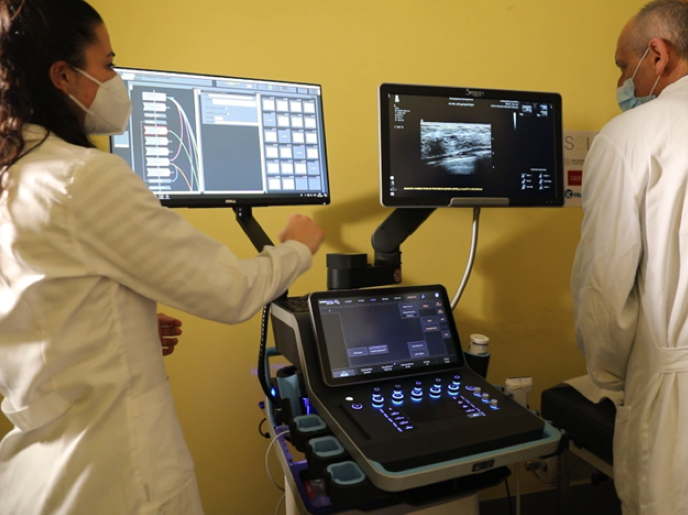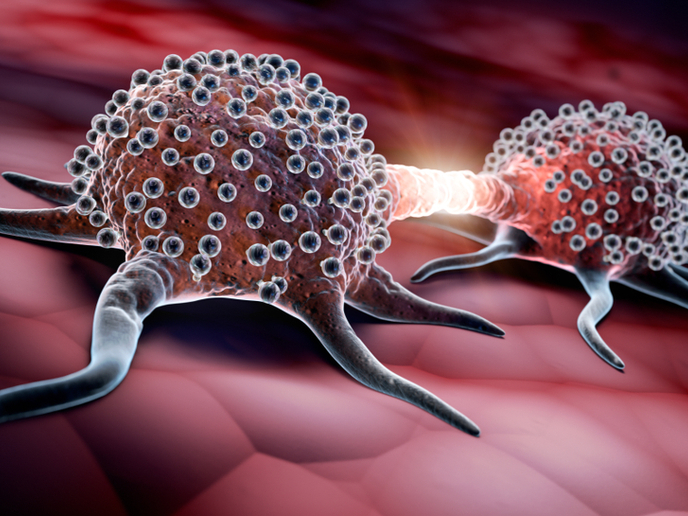Advanced imaging tools for breast cancer diagnosis
Traditionally, X-Ray mammography is the imaging examination used for diagnosis of breast cancer. However, there are well-known limitations in terms of sensitivity and specificity, especially in dense breasts common in younger women. This often leads to false results, which may ultimately compromise the efficiency of treatment. The EU-funded BREASTCANCERDETECT (Multimodal novel technique for breast cancer detection and classification combining PEM with UWB) project wished to improve diagnosis by combining two novel breast cancer-imaging techniques: positron emission mammography (PEM) and ultra wideband radar (UWB). The aim was to develop numerical breast models compatible with simulations using these two imaging technologies. Researchers developed various numerical breast models where tumours were placed in different locations within the breast. They used simulated data to test the sensitivity and specificity of tumour detection, which was successful using both PEM and UWB imaging modalities. Additionally, using these two techniques, scientists managed to resolve cases of doubtful classification due to small multifocal tumours. UWB detected complex tumour and subsequent classification. UWB used radar information to differentiate the fine morphology of tumours, a feature that is invisible to PEM. At the same time, research efforts utilised UWB imaging to detect and diagnose axillary lymph nodes to aid breast cancer diagnosis. During the duration of the BREASTCANCERDETECT project, four papers have been published and 19 conference papers. The work has received six awards and several prizes. For the future, collaboration with the National University of Ireland in Galway will test the algorithms developed which may be implemented in the prototype. Overall, the BREASTCANCERDETECT project deliverables are expected to improve the sensitivity of breast cancer detection by providing more information on tumour morphology and aggressiveness.







